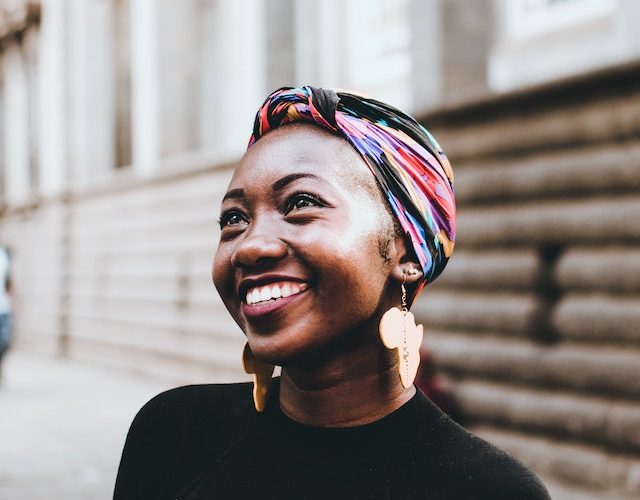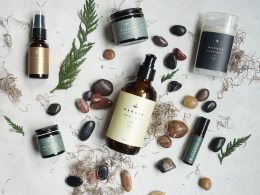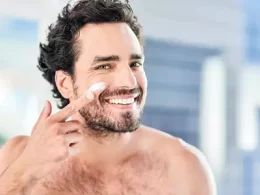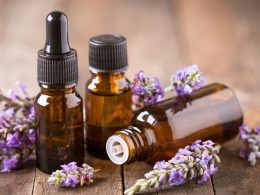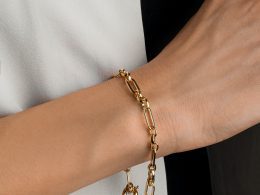Introduction:
In a society that has long promoted narrow beauty ideals, there is a growing movement towards redefining beauty and embracing diversity. This article explores the importance of challenging toxic beauty ideals and celebrating individuality, promoting inclusivity, and fostering a healthier and more empowering concept of beauty.
The Problem with Toxic Beauty Ideals:
Toxic beauty ideals perpetuate harmful and unrealistic standards of attractiveness, often focusing on specific body types, features, and skin tones. They create a culture of comparison, self-doubt, and insecurity, leading many individuals to feel inadequate and unworthy. Such ideals exclude and marginalize those who do not fit the prescribed mold, reinforcing harmful biases and damaging self-esteem.
Embracing Diversity in Beauty:
Embracing diversity in beauty means recognizing and celebrating the uniqueness of every individual. It involves challenging traditional beauty norms and appreciating the wide range of body types, ethnicities, ages, abilities, and gender expressions that exist. By embracing diversity, we acknowledge that beauty is not confined to a single standard but can be found in the rich tapestry of human variations.
Celebrating Individuality:
Each person possesses their own unique combination of features, qualities, and experiences that contribute to their beauty. Celebrating individuality involves valuing and appreciating the distinctiveness of each person, encouraging self-expression, and rejecting the notion that beauty should conform to a narrow mold. By embracing our individuality, we can foster a more inclusive and accepting society.
Promoting Body Positivity:
Body positivity is a movement that encourages individuals to embrace and love their bodies, regardless of shape, size, or appearance. It challenges the harmful messages surrounding beauty and emphasizes the importance of self-acceptance and self-care. Promoting body positivity involves rejecting body shaming, promoting self-love, and encouraging a healthy relationship with our bodies.
Championing Inclusivity:
Creating an inclusive beauty culture requires representation and equal opportunities for all individuals. It means amplifying the voices and experiences of marginalized communities and challenging the systemic biases that have perpetuated exclusive beauty standards. By championing inclusivity, we can create a more equitable and diverse beauty industry that embraces and celebrates the beauty of all.
Media’s Role in Redefining Beauty:
Media plays a significant role in shaping our perceptions of beauty. By demanding diverse representation in advertisements, fashion, and entertainment, we can challenge the status quo and redefine beauty standards. Media platforms have the power to showcase a wider range of beauty and promote positive body image messages that uplift and inspire individuals of all backgrounds.
Education and Awareness:
Educating ourselves and others about the harmful effects of toxic beauty ideals is essential for creating change. By raising awareness of the damaging consequences of narrow beauty standards, we can challenge societal norms and encourage critical thinking. Education helps individuals recognize their own biases, fosters empathy, and empowers them to reject toxic beauty ideals.
Conclusion:
Redefining beauty requires a collective effort to challenge toxic beauty ideals, embrace diversity, and promote inclusivity. By celebrating individuality, promoting body positivity, championing inclusivity, and transforming media representation, we can create a culture that embraces the inherent beauty of every person. Rejecting toxic beauty standards and embracing diversity leads to a healthier and more empowering concept of beauty, paving the way for a more inclusive and accepting society.






